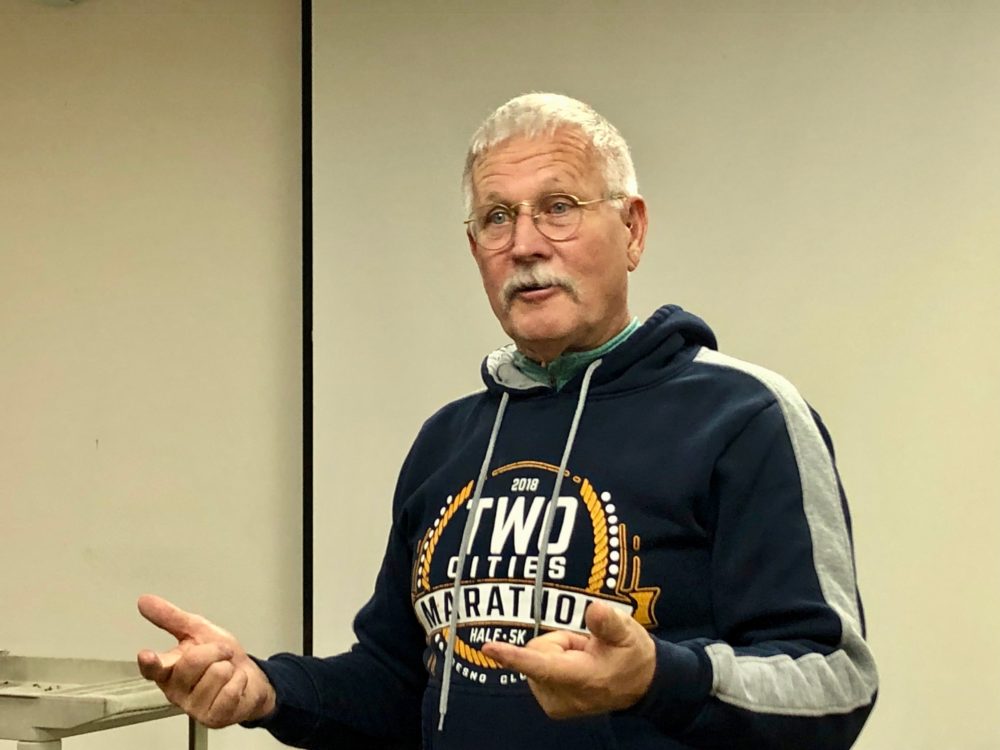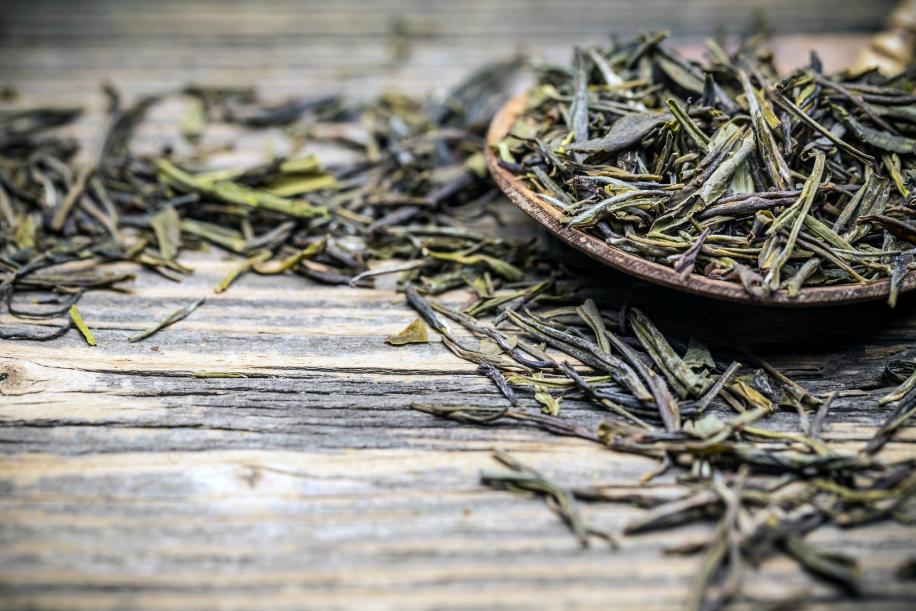Annual Alfalfa and Forage Field Day Sept. 19
Mark Your Calendars for the Annual Alfalfa and Forage Field Day
By Mikenzi Meyers, Contributing Editor
The Annual Alfalfa and Forage Field Day is fast approaching, and it’s one you won’t want to miss! The field day will be held on Thursday, September 19th at the UC Kearney Agricultural Research and Extension Center, and cover a variety of topics from forages to crops.
Nicholas Clark, certified Crop and Farm Advisor in Agronomy and Nutrient Management for the University of California Cooperative Extension (Kings, Tulare and Fresno), is eager to spread the word and increase attendance for what is sure to be an educational day for all attendees.
“We try to make it a very comprehensive program in terms of covering the bases of different forages that are popular or emerging in popularity in the southern portion of the San Joaquin Valley,” Clark explained.
Although alfalfa and other forages are on the forefront of the event, Clark added that management practices, silage crops, and possibly also sugar beets are up for discussion.
Make sure to mark your calendars for the Annual Alfalfa and Forage Field Day on Thursday, September 19th at the UC Kearney Agricultural Research and Extension Center.























